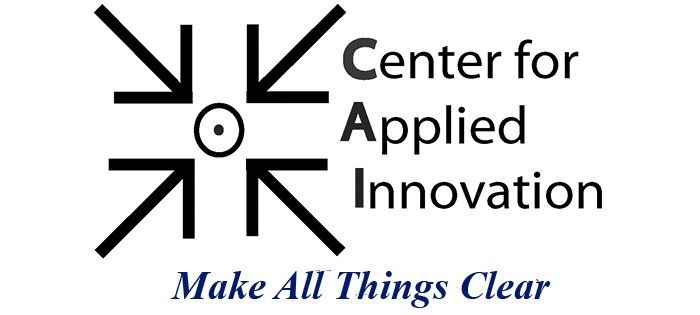
The Center for Applied Innovation, LLC Team has a unique and proven capability to provide the complete complex emergency planning, response on-site coordination and recover support through all phases of complex emergencies globally.
Our implementation approach supports humanitarian assistance operations by providing employment for the impacted indigenous population and improving the quality of life for the indigenous residents.
Enhanced Capabilities for Support Across the Complex Emergency Response Continuum
In addition to facilities support, our optional operations support packages provide “Stand Alone” deployable capabilities including assessments, construction, security, durable internal worldwide communications packages, and follow on management and support of our projects. Key capabilities and services can be individually sources or as Integrated Support Packages:
- Permanent cottage-style self-supporting facilities in support of humanitarian assistance and stability operations, worldwide.
- Self-sufficient Stand Alone Communications Package from small teams to wide area coverage of 250+ users per module.
- Security Coordination Element and Team
- Air, land, and sea supply chain management support for response logistics partners, donors and host nation.
- Liaison Teams to Inter-Agency (IA), Multi-National (MN), Non-Government Organization (NGO), International Organization (IO), Private Volunteer Organizations (PVO) and Host Nation (HN) intervention partners.
For detailed information on our pocket neighborhood and jewel box concept facilities supporting community development, tourism, economic development and other applications please follow this link.
The "Jewel Box Home" Pocket Neighborhood Concept
Whether it is re-establishing neighborhoods following a natural or man-made disaster Jewel-box accommodations using the Pocket Neighborhood concept is a sustainable approach.
For response partners, while trailers or tents may provide adequate immediate capabilities in the days following event or start of a complex emergency, they lack the capability to support the remainder of the required response and recovery phases. They also limit the ability of intervention partners to coordinate as well as establish and execute sustainable recovery operations. They also provide no viable path to transition these facilities to the locality impacted either to support the population or be a viable part of its economic and social recovery.
For population impacted by the event who must re-build or substantially repair homes before returning to normalcy, the situation is more dire. Financing is another consideration, particularly during recovery. For those who can’t afford to buy or re-build even a "tiny house" for cash, getting a loan is more challenging. It usually isn’t possible to take out a mortgage loan because banks don’t consider a tiny house or temporary housing to have enough value to make good collateral. Some are able to finance with personal loans while others borrow money from friends and family members. There is a protracted delay in receiving Federal funding that requires them to remain in temporary lodging for extended periods with the associated substantial drain on Federal, State and local budgets. There remains some question if Federal or other grants will cover the cost of these tiny houses.
Perhaps the greatest impact is on the communities themselves. Trailers, tents and even tiny homes normally accommodate one to two persons, are portable by their nature, and have limited space. They are not conducive to families that are the foundation on which strong communities and economies are built or, more importantly re-built.
The response to Hurricane Katrine is a typical example.
Katrine Case study
In the days after hurricane Katrina devastated southern Louisiana and Mississippi and destroyed 75% of the housing, the Federal Emergency Management Agency (FEMA) bought 145,000 trailers for $2.7 billion to house an estimated 770,000 victims displaced by the storm. Over the next five years, the trailers -- which emitted unhealthy levels of formaldehyde, were used by thousands without any other place to live. -They were later sold at auction by the government at a substantial loss then repurposed as housing for BP cleanup workers. Originally, the trailers were supposed to house residents for a maximum of 18 months. Five years after Katrina hit the Gulf coast, 860 Louisiana and 176 Mississippi families still lived in FEMA-owned shelters. Those residents represented only a fraction of the problem. According to experts, at that time while there were still thousands of other Katrina victims live in trailers purchased from FEMA, 12,000 people remained homeless in New Orleans. This issue of housing to shelter victims of natural disasters is hardly a new problem. In the wake of the 1906 San Francisco earthquake, survivors lived in temporary shacks, and FEMA used trailers after Hurricane Andrew hit Florida in 1994 - all with similar issues.
The solution is to change this paradign to use jewel box houses in pocket communities as homes. This approach will significantly reduce the time displaced persons are in temporary housing and cost while more quickly rebuilding social strutures and supporting economic recovery.
Jewel Box Homes
These are settings where nearby neighbors can easily know one another, where empty nesters and single householders with far-flung families can find friendship or a helping hand nearby, and where children can have shirttail aunties and uncles just beyond their front gate.
